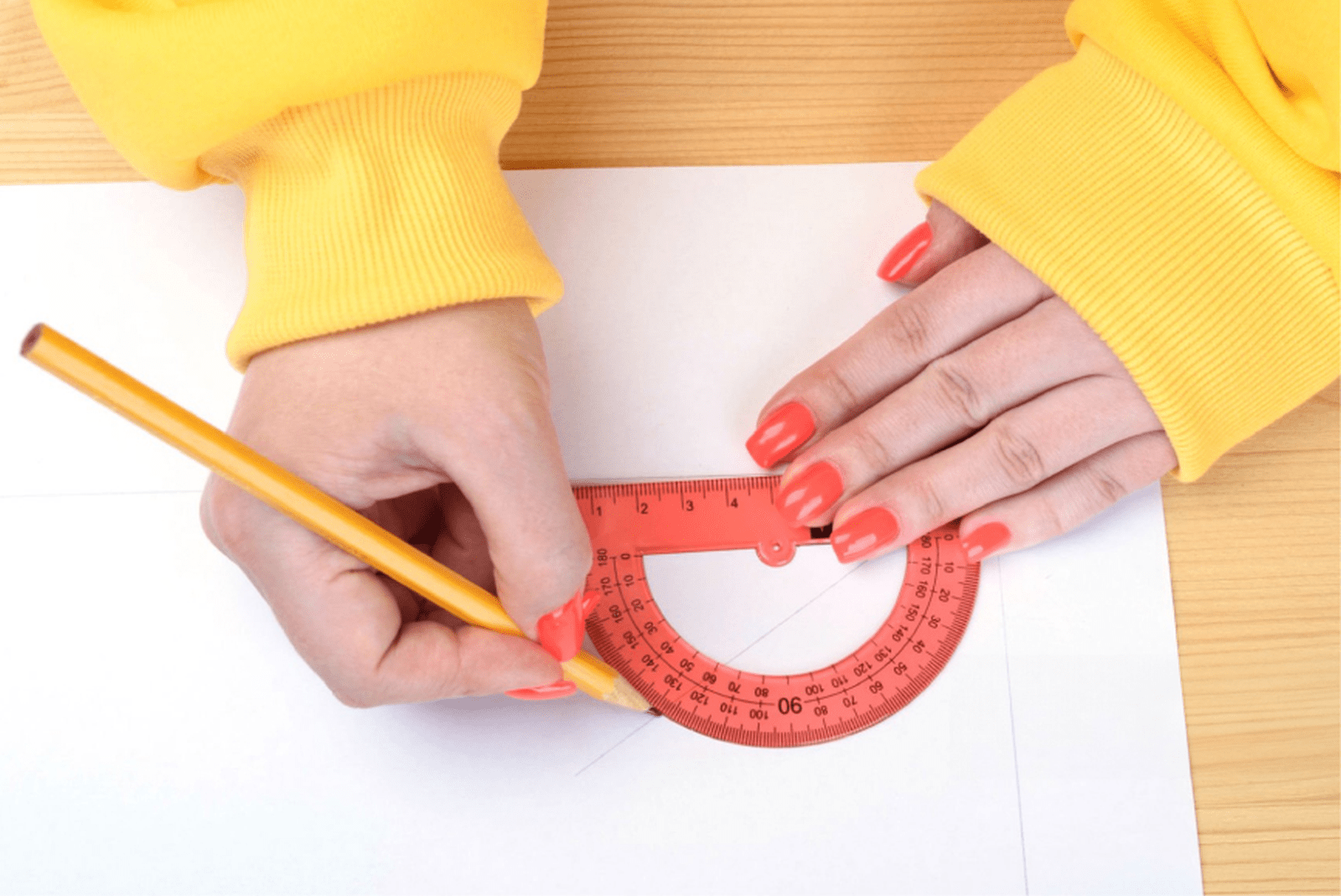Geometry for Everyone: How to Make Mathematics Accessible and Engaging
29 March 2021
Geometry is often associated with challenging problems and abstract concepts, but it can be made accessible and engaging for people of all ages. In this article, we will discuss how to approach the study of geometry in a way that makes it interesting and understandable for a wide audience.
Break Down Complex Concepts into Simple Elements
1. Use Visual Examples. Start with simple and visually understandable examples. Explain basic geometric figures, such as circles, squares, and triangles, using real-world objects. For instance, you can show how a circle can be found in car wheels, and triangles in architectural structures.
2. Gradual Complexity. Introduce complex concepts gradually. Begin with basic ideas such as measuring angles and side lengths, then progress to more complex topics like the properties of triangles and polygons. This helps build a solid foundation for further learning.
Playful Methods and Interactive Learning
1. Board Games and Puzzles. Use board games and puzzles related to geometry. Games like "Tangram" or geometric Sudoku can make learning geometry fun and interactive.
2. Mobile Apps and Online Resources. Take advantage of educational mobile apps and online resources that offer interactive geometry lessons. These tools can make learning more engaging and interactive.
Include Practical Applications
1. Craft Projects. Use craft and art projects to explain geometric concepts. Creating items like paper models or building structures with construction sets helps understand the properties of geometric figures and their real-world applications.
2. Architecture and Design. Demonstrate how geometry is used in architecture and design. Discuss how architects apply geometric principles to create buildings and other structures, and how designers use geometry in patterns and compositions.
Visual and Interactive Methods
1. Drawing and Modeling. Allow participants to draw and model geometric figures. This can be done through traditional drawing on paper or using 3D modeling to create virtual objects.
2. Video Tutorials and Multimedia. Use videos and multimedia materials to explain geometric concepts. Visual and audiovisual materials help in understanding complex topics better.
Present Material in a Game Format
1. Competitions and Quests. Organize competitions or quests where participants solve geometric problems or find geometric shapes in the environment. This makes learning more dynamic and engaging.
2. Role-playing Games. Incorporate role-playing games where participants can take on the roles of architects, engineers, or designers, solving tasks related to geometry. This helps in understanding the practical applications of knowledge.
Support and Encouragement
1. Positive Feedback. Encourage and support participants' efforts, even if they make mistakes. Positive feedback helps maintain motivation and interest in learning.
2. Create a Supportive Environment. Foster an atmosphere where participants feel confident and motivated. Recognize their achievements and encourage their desire to learn.
Conclusion
Geometry can be made accessible and engaging for everyone with the right teaching methods. Visual examples, playful methods, practical applications, and interactive materials make learning geometry enjoyable and useful. By creating a supportive environment and encouraging efforts, you can make geometry a subject that is both interesting and beneficial for all.




